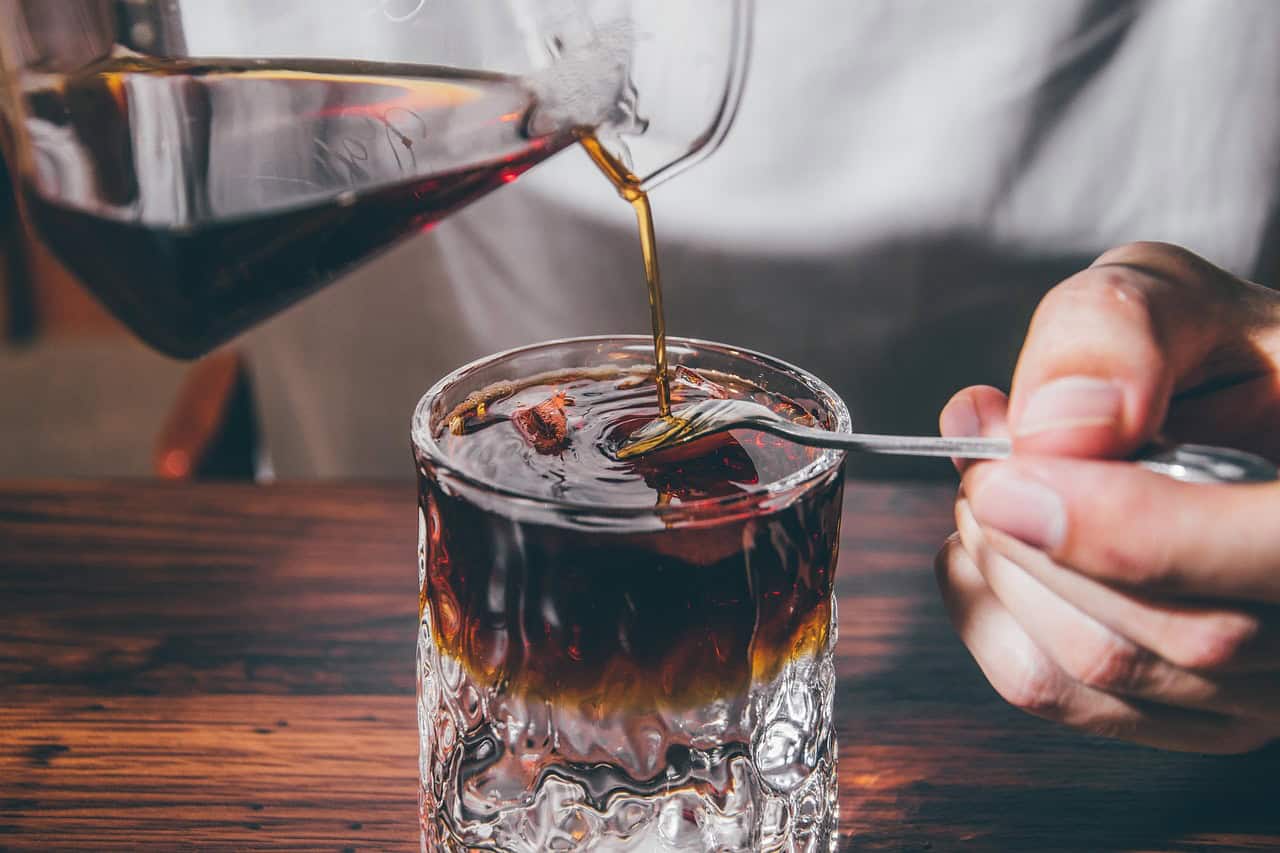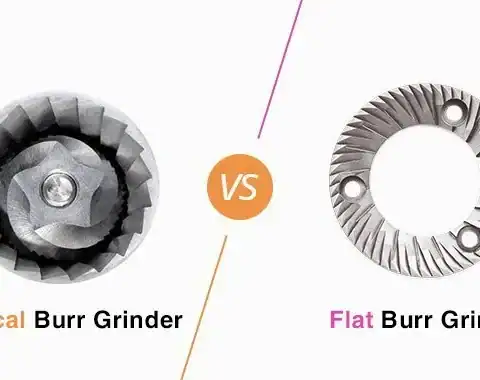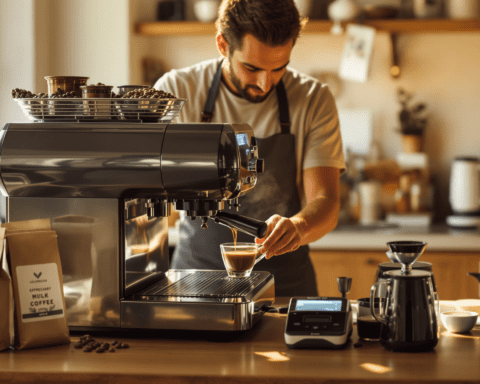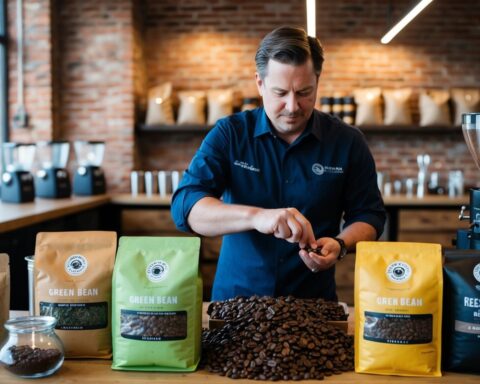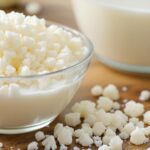Coffee brewing is both an art and a science, with coffee brewing temperature standing as one of the most critical factors in unlocking a perfect cup. Get it wrong, and your coffee can taste flat, sour, or overly bitter. Get it right, and the nuanced flavors of the coffee brewing beans shine through.
But did you know that the optimal brewing temperature depends on how the coffee beans were processed? Each processing method imparts distinct characteristics to the beans that interact uniquely with heat. Understanding these differences will elevate your brewing game and help you extract the best flavor every time.
This article explores the relationship between brew temperature and coffee processing. We’ll start by breaking down the common coffee bean processing methods, then explain the science of extraction, followed by practical temperature ranges for each method. Finally, we’ll troubleshoot common coffee brewing issues related to temperature.
Understanding Coffee Processing
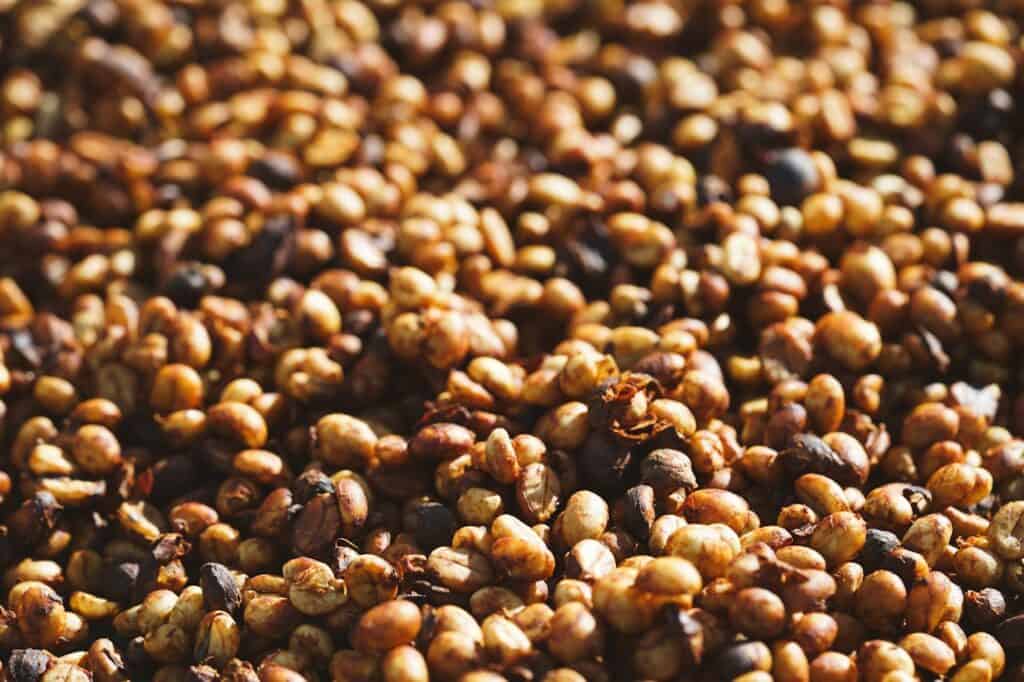
Before we jump into temperatures and extraction, it’s essential to understand how coffee processing affects the beans. Processing refers to how coffee cherries are handled after harvest to remove the outer layers and prepare the beans for roasting. Each method influences the taste, texture, and chemical profile of the beans.
1. Washed (or Wet) Processed
- Characteristics: Beans are fermented and then washed to remove the outer layer. This process highlights the bright, clean, and acidic qualities of coffee.
- Flavor Notes: Typically light, crisp, and clean, allowing the bean’s origin flavors to take center stage.
2. Natural (or Dry) Processed
- Characteristics: The entire coffee cherry is dried with the fruit intact, allowing the beans to soak in the fruit’s natural sugars.
- Flavor Notes: Fruity, sweet, and often heavier-bodied. Think blueberries or jam-like sweetness.
3. Honey Processed
- Characteristics: Combines elements of the washed and natural methods. Some of the mucilage (sticky fruit layer) remains on the bean during drying.
- Flavor Notes: Balanced sweetness, with a touch of the acidity from washed coffees and the fruitiness of natural ones.
4. Wet-Hulled (or Semi-Washed) Processed
- Characteristics: Common in Indonesia, this method removes the outer layers while the beans are still wet, leaving a distinct earthy quality.
- Flavor Notes: Rich, earthy, and often full-bodied, with lower acidity.
The Science of Extraction
When hot water meets ground coffee, a fascinating chemical process begins. The goal of brewing is to extract soluble compounds from the coffee grounds, which create the flavor, body, and aroma we enjoy in a cup.
How Temperature Affects Extraction
- Higher Temperatures (above 205°F/96°C): Lead to faster extraction but risk over-extracting bitter compounds like tannins.
- Lower Temperatures (below 195°F/90°C): Extracts slower, which can result in under-extracted coffee that’s sour or weak.
Different coffee compounds (acids, sugars, and bitter tannins) dissolve at varying rates, which means that finding the ideal temperature is critical to balancing flavor.
Because coffee beans processed differently have varying chemical compositions (such as sugar content, acidity, and oils), their optimal brew temperatures also differ.
Ideal Brew Temperatures for Coffee Processing Methods
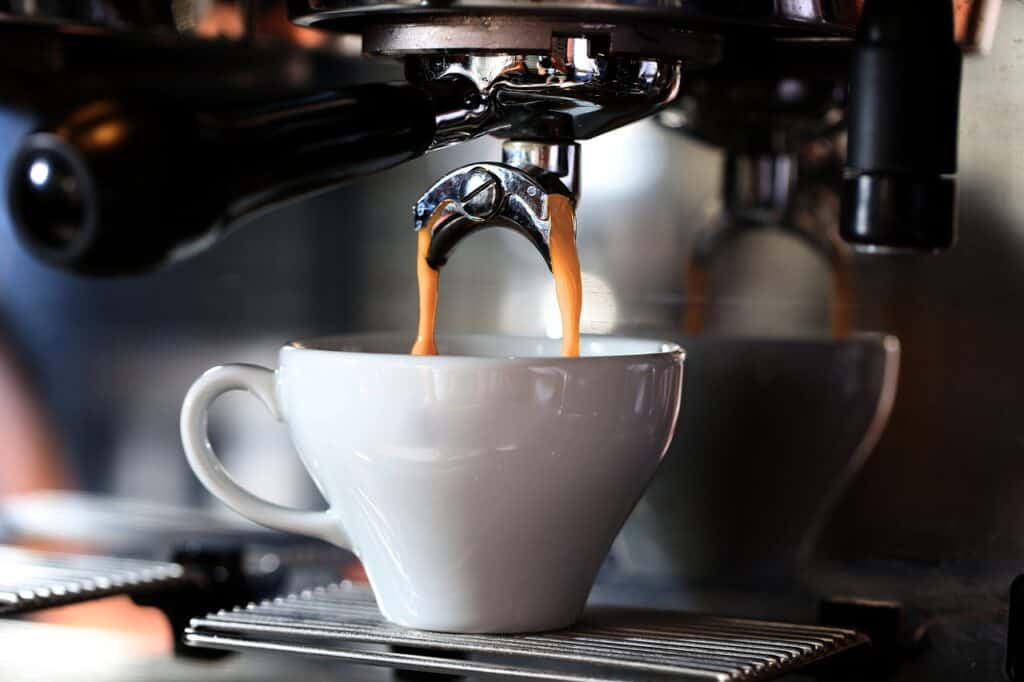
Matching your brew temperature to the coffee bean’s processing method ensures that the unique qualities of the beans are fully highlighted without being masked by under- or over-extraction. Here’s a quick guide to ideal temperature ranges for different methods.
1. Washed Processed Coffees
- Temperature Range: 195°F to 205°F (90°C to 96°C)
- Why: Washed coffees work well at slightly higher temperatures to enhance their crisp acidity and bright flavors. Keep within the range to avoid bitterness.
2. Natural Processed Coffees
- Temperature Range: 190°F to 200°F (88°C to 93°C)
- Why: The fruity, sweet notes in natural coffees are delicate. Brewing at a slightly lower temperature preserves their balance without overpowering them.
3. Honey Processed Coffees
- Temperature Range: 192°F to 202°F (89°C to 94°C)
- Why: This processing method offers a mix of characteristics, so a moderate brewing temperature is ideal to showcase both sweetness and acidity harmoniously.
4. Wet-Hulled Processed Coffees
- Temperature Range: 198°F to 205°F (92°C to 96°C)
- Why: These coffees tend to be earthy and bold, requiring higher temperatures to extract their complex richness and oils effectively.
Troubleshooting Common Brew Temperature Issues
Even slight variations in brew temperature can affect the flavor of your coffee. If your coffee isn’t tasting as good as you’d hoped, here’s how to troubleshoot.
Problem 1: Bitter Coffee
- Cause: Over-extraction, likely due to water that’s too hot (above 205°F).
- Fix: Lower your brew temperature to within the recommended range, or reduce brew time.
Problem 2: Sour Coffee
- Cause: Under-extraction, often caused by water that’s too cool (below 195°F).
- Fix: Increase your brew temperature slightly and adjust grind size if necessary.
Problem 3: Bland, Weak Coffee
- Cause: Incorrect grind size or insufficient heat during brewing.
- Fix: Double-check the grind size (should match your brewing method) and ensure the water temperature is consistent throughout brewing.
Problem 4: Flat or Muted Flavors
- Cause: Using water outside the ideal temperature range may fail to bring out the bean’s subtler notes.
- Fix: Experiment with slight temperature adjustments to see what brings out richer flavors.
Brew Smarter, Not Hotter
Matching brew temperature to your coffee bean’s processing method is one of the simplest ways to elevate your coffee game. From bright and citrusy washed coffees to jammy natural beans or rich, earthy wet-hulled varieties, each type of coffee has a temperature “sweet spot” that unlocks its full flavor potential.
Start experimenting with different brew temperatures today, and don’t be afraid to take notes on your results. Your taste buds will thank you with every sip.
Looking for more coffee brewing tips? Stay tuned for expert insights, or sign up for our newsletter so you never miss a post.
